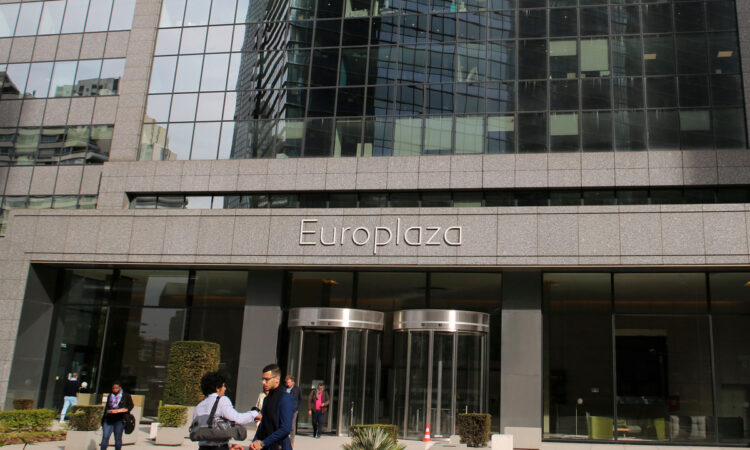
Banks within the European Union and the European Economic Area have sustained a low non-performing loan ratio and achieved a strong capitalisation ratio in 2023, despite facing macroeconomic uncertainties marked by sluggish economic growth and escalating inflationary pressures and geopolitical risks, highlighted the pan-European regulatory agency, the European Banking Authority, in its annual risk assessment report. Published on Tuesday 12 December 2023, the report included data from 123 banks across the EU and EEA.
Macroeconomic environment
The report highlighted that economic growth in the EU/EEA has been stagnant in 2023, with an outlook that remains uncertain. Inflationary pressures have persisted, expected to remain above central bank’s the medium-term target of 2% in upcoming quarters. Geopolitical tensions, including the war in Ukraine and Gaza, along with trade tensions between the US, Europe and China, have exacerbated the uncertainty. The banking sector is also grappling with climate-related and broader environmental, social and corporate governance risks, which are increasingly in focus. These risks are seen as potential triggers for financial and reputational challenges, according to the EBA’s report.
Banking sector performance
Despite the challenging environment, the sector showed some positive signs. Higher interest rates have led to increased net interest income through improved net interest margins. EU/EEA banks achieved their highest return on assets and return on equity since the global financial crisis, standing at 0.7% and 11%, respectively.
However, the sector also faced headwinds. The higher interest rates have led to a slowdown in the real estate markets, affecting both residential and commercial sectors. This has had a knock-on effect on banks’ lending and profitability, stated the EBA.
Lending and asset quality
There has been a notable slowdown in lending growth, especially in mortgage lending, as banks have become more cautious due to macroeconomic uncertainty. Despite the deteriorating macroeconomic environment over the past year, banks’ asset quality has remained relatively stable. The non-performing loan ratio was at an all-time low of 1.8% in June 2023. However, NPL inflows were higher than outflows during the first half of the year.
Funding and liquidity
The report also shed light on changes in banks’ funding strategies. There has been an uptick in market-based funding and the overall issuance of green and sustainable bonds increased in the first nine months of 2023. However, the proportion of green bonds in total bank debt issuance volume declined. Liquidity remains high but has shown a decreasing trend, with a liquidity coverage ratio of 160.9%.
Capitalisation and operational risk
Banks’ capital levels reached new highs, with an average common equity tier 1 ratio of 16.0% in June 2023. Operational risk has also increased, particularly due to geopolitical tensions, with banks becoming more vulnerable to digital and cyber risks.
Sector outlook
The report indicates that the EU banking sector, while resilient, faces a complex environment. High interest rates, inflationary pressures and geopolitical tensions create risks across various sectors, emphasised the regulator. Real estate prices have stopped increasing, with some regions seeing corrections. Total assets of EU/EEA banks were reported at €27.6trn, a decrease of 1.9% year-on-year, and outstanding total loans were just above €17.1trn as of June 2023. The steady NPL ratio, amidst larger NPL inflows than outflows, suggests cautious optimism for the sector’s stability, reasoned the EBA in its report.





